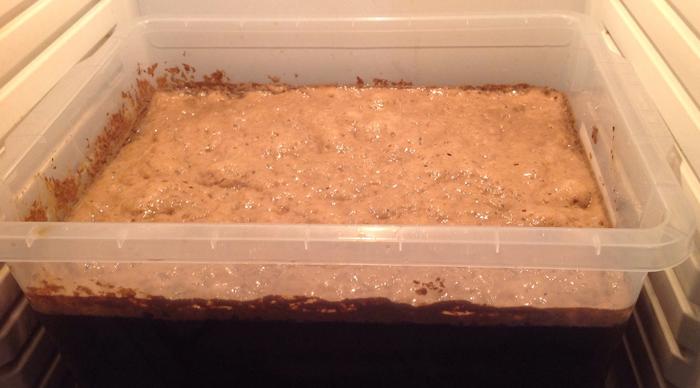bobtheUKbrewer2
Well-Known Member
- Joined
- Dec 17, 2008
- Messages
- 460
- Reaction score
- 85
I always take off the cream foam and brown sludge 2 or 3 times a day until no more forms on top - can't believe that stuff benefits the brew.....


CO2 is just a gas, bacteria fall through it, they don't bounce off of it.
If bacteria "float about" in air, rather than sink through it, and CO2 is more dense than air, then why do bacteria "fall through it"
we are getting a little off topic, my concern is the possible adverse effects of the sludge falling through the beer, but I do appreciate all answers and opinions
Enter your email address to join: